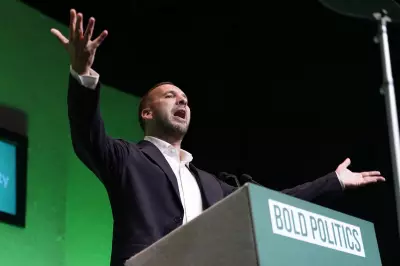
In a move that has sent shockwaves through political circles, former President Donald Trump has reportedly removed the traditional sign displayed in the Oval Office, triggering a heated debate about presidential authority and constitutional boundaries.
A Symbolic Gesture with Substantial Implications
The decision to eliminate the customary Oval Office signage represents more than just an aesthetic change. Political analysts suggest this action signals a significant shift in how the new administration views executive power and traditional presidential protocols.
According to sources familiar with the matter, the removal occurred shortly after Trump's return to the White House, with aides describing it as a deliberate statement about the administration's approach to governance.
Constitutional Experts Voice Concerns
Legal scholars and constitutional experts have expressed alarm at the implications of this symbolic act. "When a president removes established symbols of office, it often reflects a broader attitude toward institutional norms and constraints," explained Dr. Eleanor Vance, a constitutional historian at Oxford University.
The controversy highlights ongoing tensions between presidential authority and constitutional limitations that have characterised American politics in recent years.
Historical Context and Precedents
Previous administrations have occasionally made subtle changes to Oval Office decor, but the complete removal of this particular sign appears unprecedented in modern presidential history. The move has drawn comparisons to other symbolic shifts in executive power that have occurred during politically turbulent periods.
White House staff remain divided on the decision, with some viewing it as a necessary break from tradition, while others worry it may undermine public confidence in governmental institutions.
Political Fallout and Public Reaction
The announcement has sparked intense debate across social media and political commentary platforms. Critics argue the action demonstrates a disregard for established democratic norms, while supporters see it as a refreshing challenge to Washington conventions.
As the administration continues to implement its agenda, observers will be watching closely to see whether this symbolic gesture translates into substantive changes in how presidential power is exercised.





